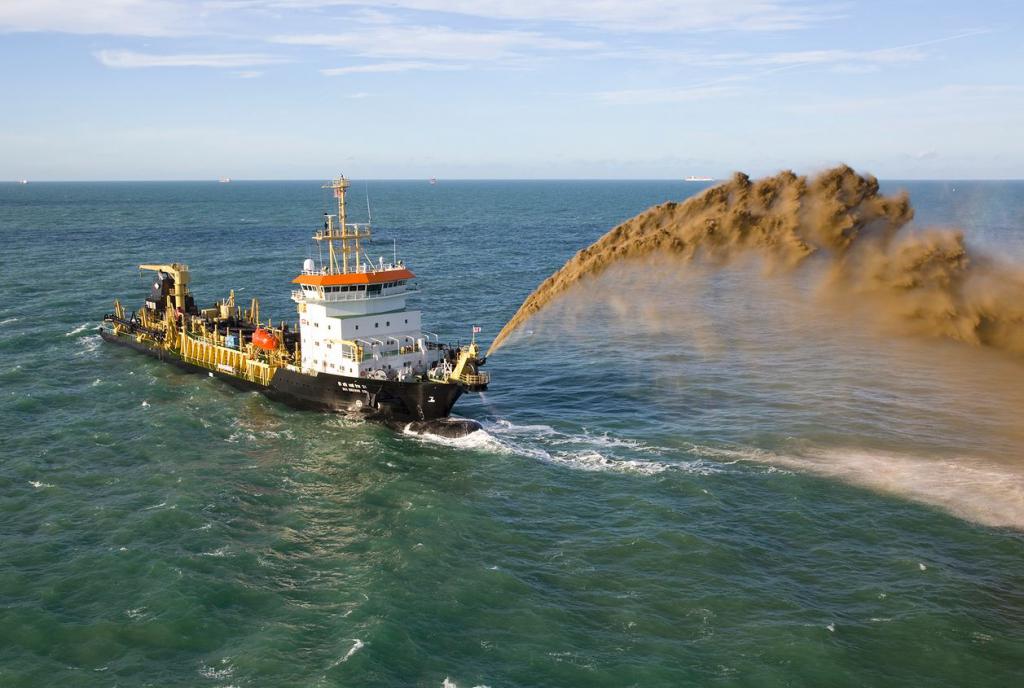Some rivers and other bodies of water cannot be navigable due to insufficient depth. Shallow depth adversely affects the action of the transport route during lowering of the water level in the river. On inland waterways, dredging is the main way to improve shipping conditions. About them and will be discussed in this article.
Dredging Definition
This is a special kind of earthwork that is carried out at the bottom of various bodies of water (rivers, lakes, reservoirs, the sea) to improve the conditions of navigation.
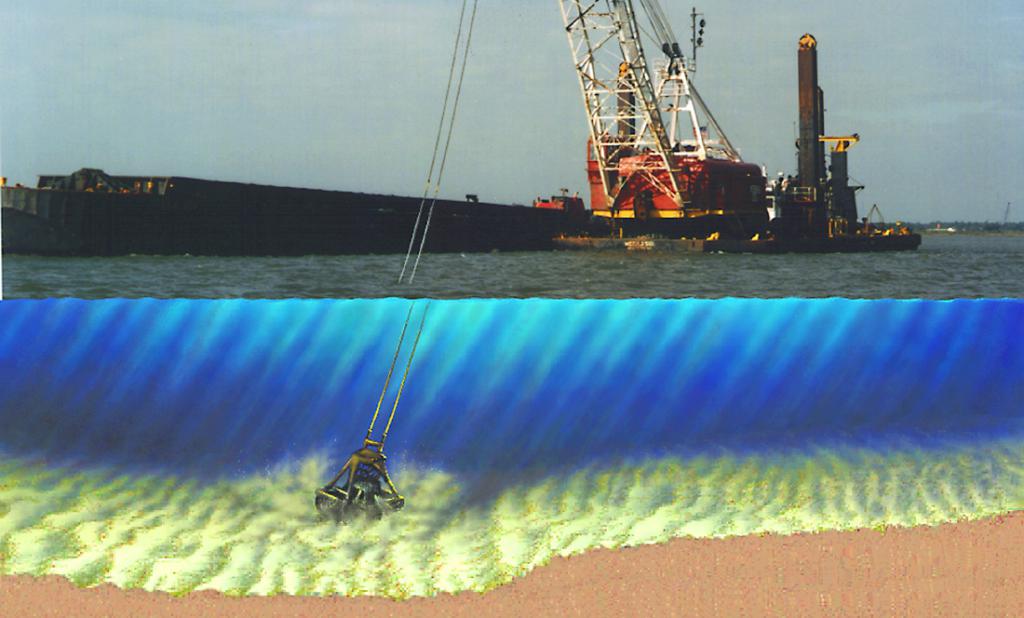
The purpose of such work is the creation or deepening of the waterway to various key points (ports, moorings). Also, these works are carried out for laying a pipeline under water during the construction of bridges and hydraulic structures.
Used technique
This type of earthwork is carried out using dredgers (excavation shells) and soil transport scows.
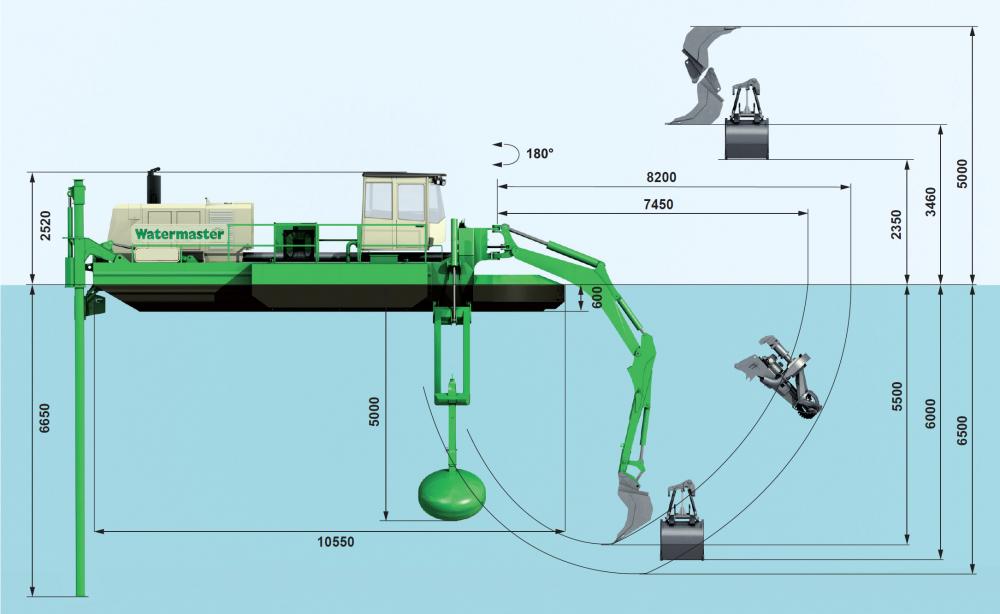
A dredger is a special vessel of the technical fleet, with the help of which dredging is carried out, as well as the extraction of non-metallic materials for construction. Dump trucks are small barges for transporting land.
How are the works
The section of the bottom of the reservoir, which is deepened with the help of dredgers, is called a dredging, or navigable slot. They can be capital and operational (as well as types of work).
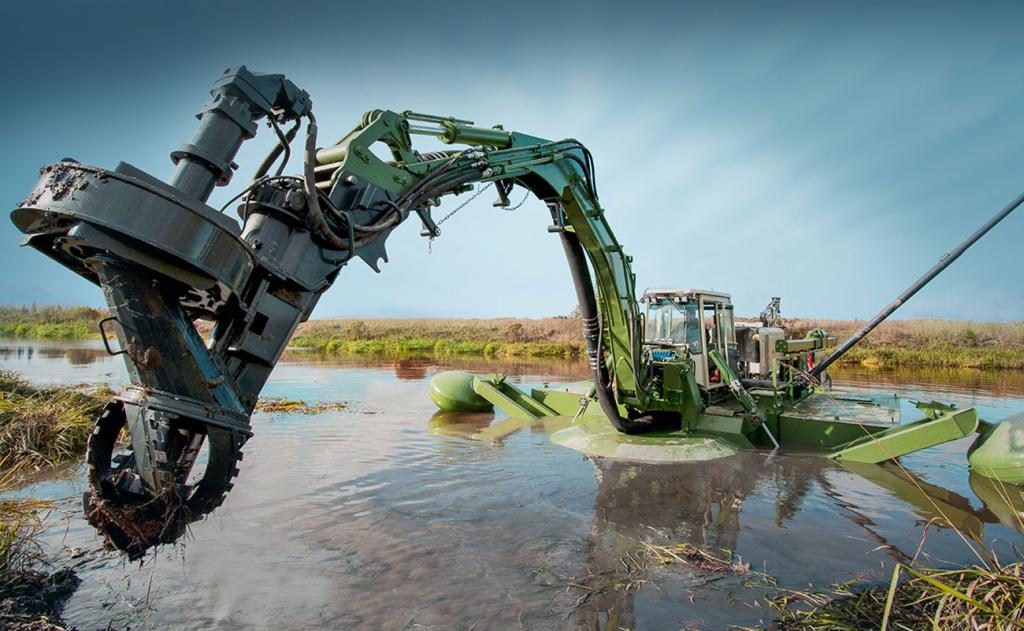
When a navigable slot is developed using dredgers, a channel under water with a certain depth and width is obtained. It passes through the crest of a river rift, which is too shallow for ships to pass.
Slot pattern
The figure below shows the slot pattern during dredging.

Roll plan - a, cross section - b, longitudinal channel profile, h1 - its depth - in. After the slot is designed and deepened by the segment hcl depth h2, which should be obtained at the location of the slot, is calculated by the formula: h1 + hcl - δz = h2, Where:
δz denotes the amount by which the water level decreased during the development of the slot.
When the cross section of the slot is very small compared to that of the river itself, this value can not be taken into account at all. In other cases, the value of δz is calculated specifically, because if the water level drops too much, the depths necessary for navigation on the rifts located upstream can drop sharply.
The lateral edges of the slot are called edges. Determine the direction of the future shipping slot from its lower border to the side against the river. Since the slot is upstream, its left edge runs along the right bank, and the right edge runs along the left bank. The lower and upper boundaries of the slot define isobaths (lines connecting the same depths) depths according to the design. To make dredging and metering easier, these boundaries (upper and lower) are denoted by straight lines. But sometimes broken according to isobaths.
The deepening of the reservoir and, accordingly, the ship's passage in the slot is carried out to the bottom depth mark according to the dredging project. Sometimes, some features of soil development with the help of different soil sampling devices are taken into account and in order to reach the design bottom in all sections of the slot, it is necessary to extract the volume of soil below this mark. The average value of technological over-deepening was called the margin for unevenness of the output - hn (visible in the figure). The soil layer that is removed during the development of the slot to the design bottom is called useful, and is indicated in the figure - hP. During operational work, this useful layer is thin and often does not exceed half a meter, even on large rivers. When the bottom is uneven, the size of the useful layer can vary widely. After carrying out work to deepen the bottom in different parts of the reservoirs (at rifts, dams, approaches to ports), ships of certain dimensions can be guaranteed to pass.
Transit Views
Dredging can be transit and non-transit. Transit is carried out with the aim of preserving or increasing certain dimensions of the waterway on ship passages, either previously used or just being opened. This type of earthwork is subdivided, in turn, into capital and operational works. Major works are carried out to thoroughly improve the patency of rivers and other bodies of water, in order to make them navigable.
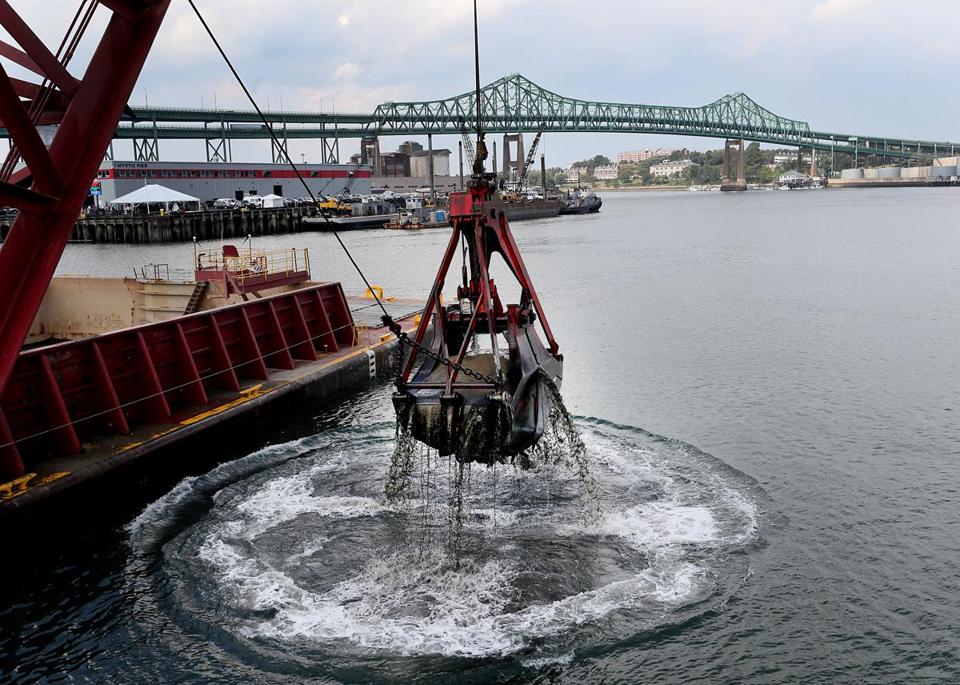
They are also performed during the construction of hydroelectric power plants and other similar facilities. Their main goal most often is to lay a new ship passage, more convenient for passage. To do this, they can straighten the meanders of the floodplain of the river, deepen the formed sleeves and tear off the side walls. The transfer of the ship is carried out under the created poor conditions at the same ship, in addition to everything else, this can significantly reduce the amount of maintenance work. Operational work is carried out during siltation of the bottom of reservoirs, cleans the river from sediment that prevents vessels from passing through them and impedes the operation of hydraulic structures.
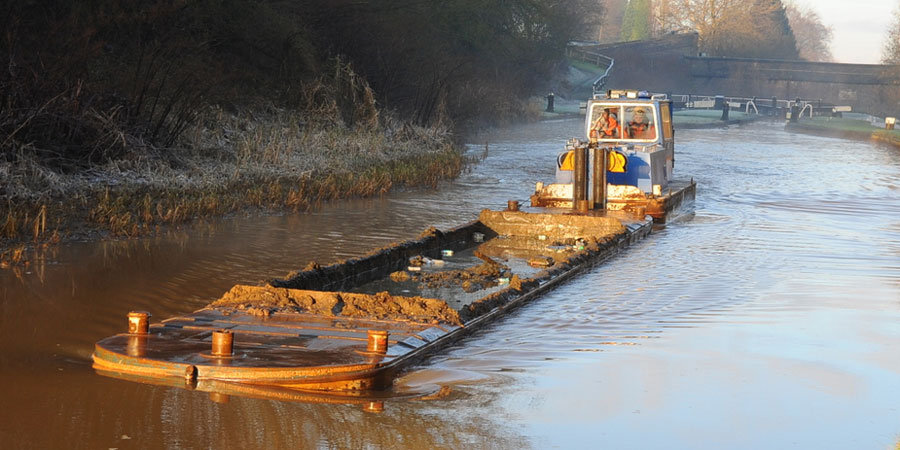
They are carried out on existing ship passages to maintain certain dimensions of the water transport route. Operational dredging works, in turn, are divided into repair and restoration work. Repair work is carried out on water bodies during the period when a lowered water level (low water) is observed. The drifts that occur at this time are removed.
Restorative dredging works are carried out in order to remove sediments from the ship's passage, which are deposited on the rifts during the maximum rise of water (spring flood).
Extranet work
Extranet work to deepen the bottom is performed outside the transit routes. They are carried out when it is necessary to deepen the approach to the port, pier, pier. They carry out the development of creeks and slop points, equip pits for hydraulic structures, dig trenches for duker crossings (pipeline crossings).
Shipping Slot Requirements
Certain requirements are put forward for shipping slots:
- They must have their own strictly established certain overall dimensions (depth, width, radius of curvature), which should not be less than the guaranteed dimensions at the ship's way.
- Shipping slots should be safe and easy to navigate.
- They should have a minimum amount of drift so that subsequent repairs are carried out in a smaller volume.
- Must have the minimum possible volume of excavation, so that the cost of funds for the production of work and the deadlines are also minimal.
- They should help improve the roll.
Some exceptions to the rules
Sometimes these requirements cannot be fulfilled in full, especially in the context of a specific roll. They can contradict each other. Therefore, the most important requirements for a shipping slot are safety and convenience.
According to the requirements, shipping slots are straight. But in some cases, exceptions are possible. The slots can be made up of 2 or 3 elbows (straight) with small angles between them. They try so that the approach to the slot on both sides (top and bottom) has large curves.And also so that on the approaches to the slot and on it there are no dump currents (transverse or at an angle to the passage). The current velocity upon entry of the vessel into the ship's slot should change gradually. To achieve this effect, side ribs and ripples (relief forms of the riverbed) are cut. Or expand the end of the slot by breaking one edge. In order not to form pile-up or transverse currents, the dredging project is made so that the direction of the slot is the same as the direction of water flows during floods or low-water periods. At the same time, they pay attention to the choice of the place where the soil dump will be located.
The procedure for dredging on rivers and waters of the seas
The location and composition of the situation of the future ship traffic of the construction organization must be agreed with the organizations of the navy or river. The equipment of the vessels used in river or sea dredging operations must meet the requirements of the Register of the Russian Federation for the registration of river and sea vessels.
Among the auxiliary and preparatory work to deepen the bottom, the following work must be carried out:
- It is necessary to break the slots in the dimensions of the channels and other recesses and set the target signs.
- Break down reclaimed structures, sedimentation tanks and dumps.
- Trace and arrange slurry pipelines and water conduits, jumpers, ditches and dams, provide electricity and communications.
- Install water gauge rails in such a way that their “zero” is linked to a constant benchmark.
- Install signs that enclose circuits that can be approached by suction dredges or floating slurry pipelines to cables and pipelines located underwater in the work area
- Install rails on the alluvial maps in order to fix the targets and control cross-sections.
All work performed, which are indicated above, are visually controlled and recorded in the journal.
Guide
Dredging is carried out under the supervision of a construction superintendent (manufacturer of track works). The main document needed by the foreman when planning work on the stretch is the production and operational plan of track work for navigation. Based on this plan and taking into account the hydrological conditions and the reformation of the river bed of this section of the river, the head or foreman arranges dredgers and distributes the volume of the deepening of the bottom by type and time of navigation.
River work: different periods
Dredging works on rivers with spring floods and snow melt are carried out in the spring, preparatory and autumn and low-water periods. In the spring, it begins when the river becomes navigable and ends with a decrease in water level. Then the levels of dredging are reached, the dredging devices are lowered to a sufficient depth to develop a slot to the design bottom. In the spring period, extra-transit work is carried out, and capital slots are being developed.
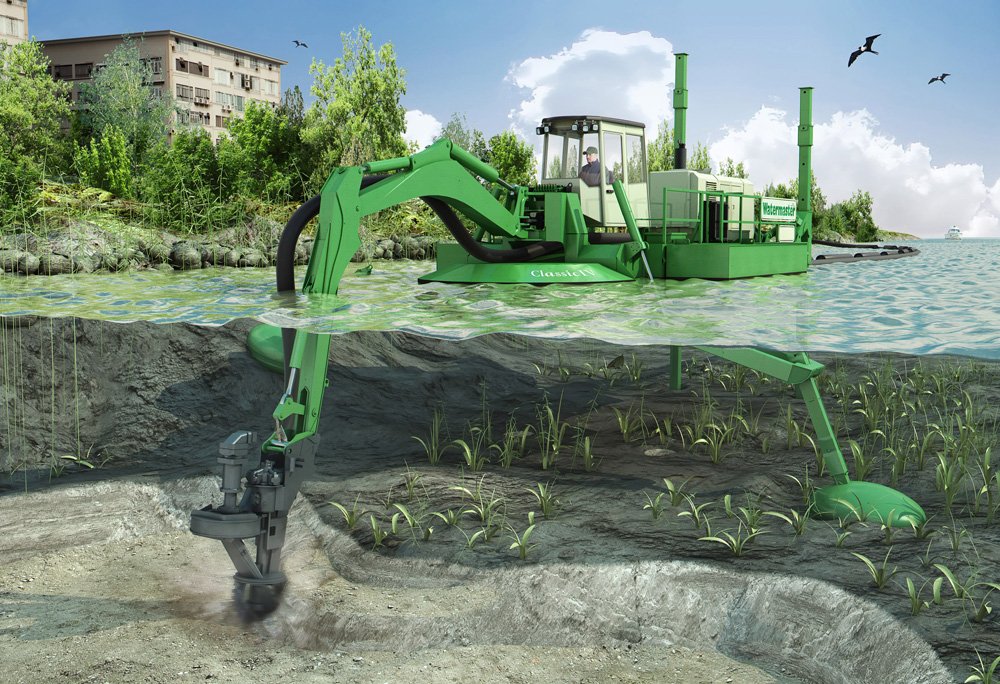
The preparatory period begins with the onset of the working levels of deepening the bottom and ends at levels located above the design level by a quarter of the guaranteed depth. This period is the main one in transit dredging.
In the low-water period, mainly repairs are carried out.
